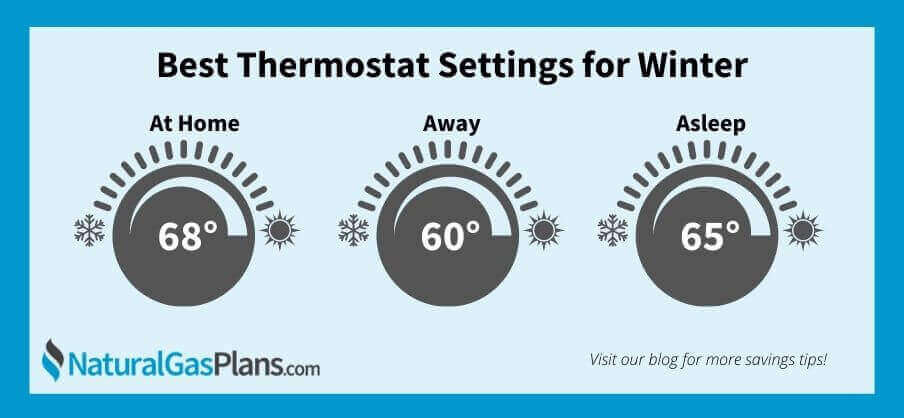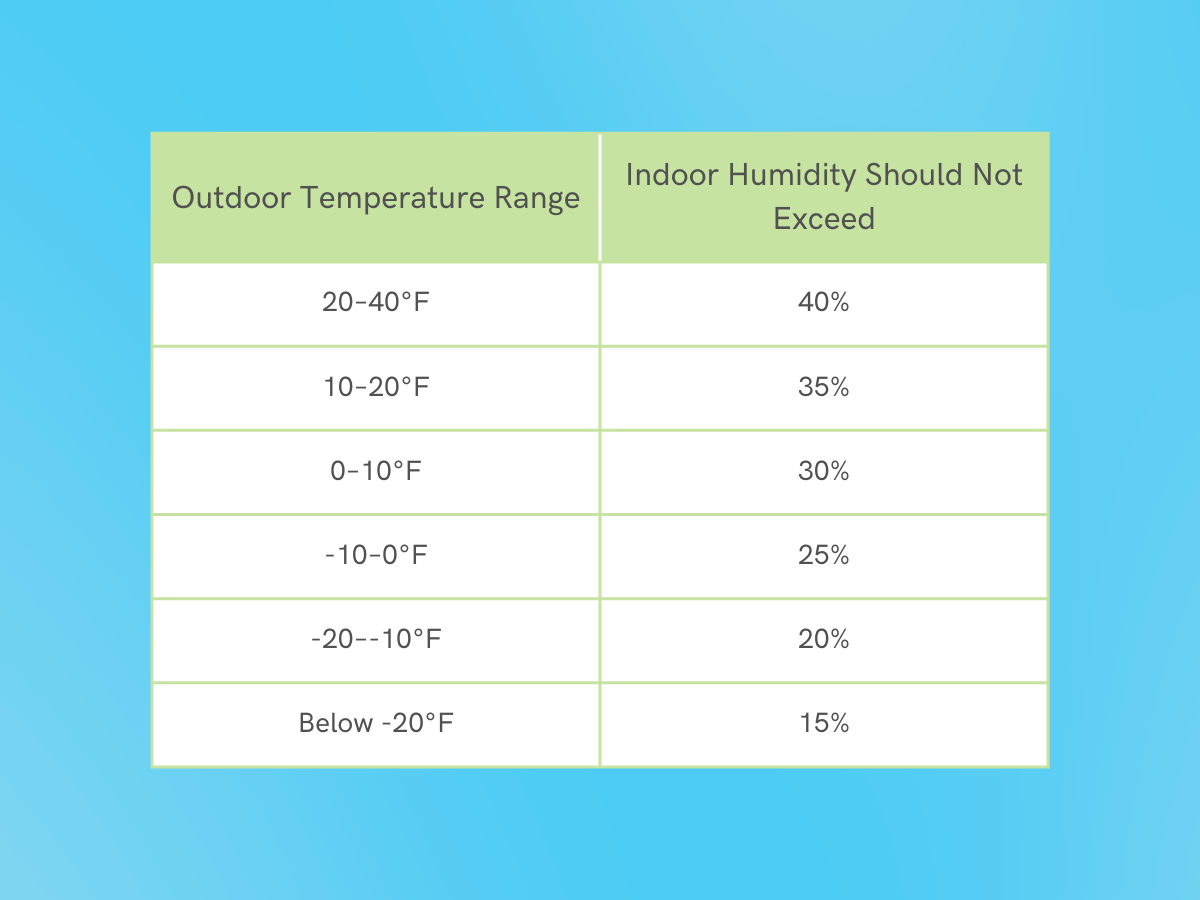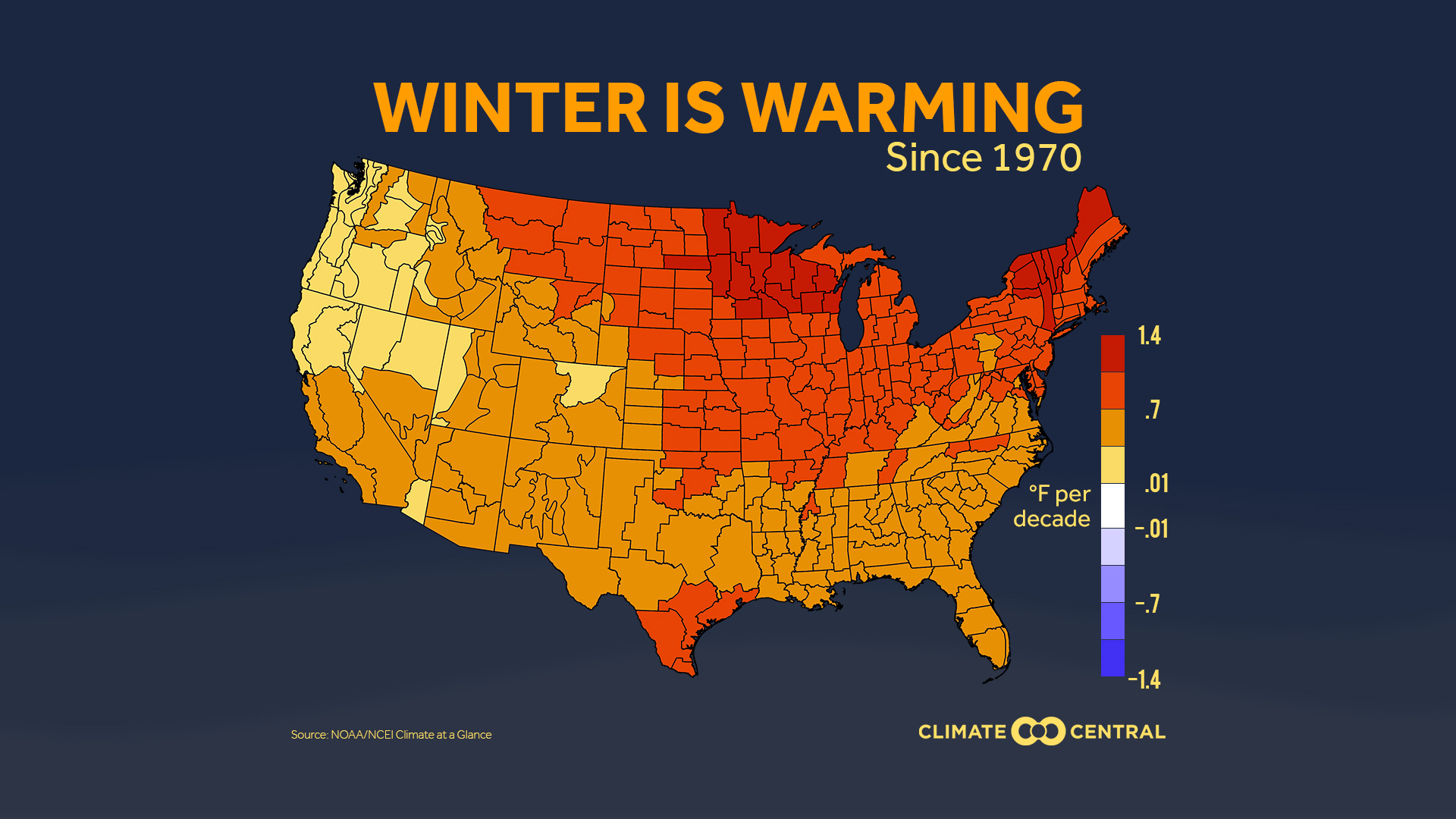What Should The Heat Be Set At In Winter

As winter's chill sets in, one of the most frequently debated topics in homes and offices is the thermostat setting. What’s the ideal temperature to balance comfort, energy efficiency, and cost savings? Understanding the factors influencing this decision is crucial for both homeowners and HVAC professionals.
The Goldilocks Zone: Finding the Right Temperature
While personal preference plays a significant role, experts generally recommend setting your thermostat to 68°F (20°C) during the day in winter when you're home. This strikes a balance between comfort and energy conservation. According to the U.S. Department of Energy, turning your thermostat back 7-10 degrees for 8 hours a day can save as much as 10% on your heating bill annually. When you are asleep or out of the house, lowering the thermostat to around 62°F (16.7°C) is advisable.
The key is consistency. Drastic temperature swings place unnecessary strain on your HVAC system and can negate any potential savings. Smart thermostats can automate these temperature adjustments, learning your schedule and preferences to optimize energy usage without sacrificing comfort. This technology represents a significant growth area within the HVAC industry.
Factors Influencing the Ideal Temperature
Several factors influence what the “right” temperature should be:
- Insulation: Well-insulated homes retain heat more effectively, allowing for lower thermostat settings. Older homes with poor insulation may require higher settings to maintain comfort.
- Climate: Geographic location and the severity of winter weather significantly impact heating needs.
- Occupancy: A house with multiple occupants generates more heat than a single-person dwelling.
- Age and Health: Elderly individuals or those with certain medical conditions may require warmer temperatures.
- Activity Level: People engaged in physical activities indoors will likely feel comfortable at lower temperatures.
The Role of the HVAC Technician
HVAC technicians are at the forefront of helping homeowners achieve optimal temperature settings and energy efficiency. This extends beyond simply setting a thermostat. Technicians perform vital services like:
- System Maintenance: Regular maintenance ensures your heating system operates efficiently, reducing energy waste. This includes tasks like filter replacement, ductwork inspection, and burner cleaning.
- Energy Audits: Technicians can conduct energy audits to identify areas of heat loss and recommend improvements, such as adding insulation or sealing air leaks.
- System Upgrades: Replacing an old, inefficient furnace with a newer, high-efficiency model can significantly reduce heating costs.
- Smart Thermostat Installation and Programming: HVAC professionals are skilled at installing and configuring smart thermostats for optimal performance.
The job outlook for HVAC technicians is excellent. The Bureau of Labor Statistics projects a growth rate of 6% from 2022 to 2032, about as fast as the average for all occupations. This demand is fueled by new construction, the need to replace aging HVAC systems, and the increasing focus on energy efficiency. The median annual wage for HVAC mechanics and installers was $59,690 in May 2023.
Career Paths in HVAC: A Range of Opportunities
The HVAC industry offers a diverse range of career paths, from entry-level technician roles to specialized engineering positions. Here are a few examples:
- HVAC Technician: Installs, maintains, and repairs heating, ventilation, and air conditioning systems. This is often the starting point for many careers in the field.
- HVAC Installer: Specializes in the installation of new HVAC systems in residential and commercial buildings.
- HVAC Service Technician: Focuses on the maintenance and repair of existing HVAC systems, responding to service calls and troubleshooting problems.
- HVAC Design Engineer: Designs and develops HVAC systems for new construction and retrofit projects. This role typically requires a bachelor's degree in mechanical engineering.
- HVAC Sales Engineer: Sells HVAC equipment and services to commercial and industrial clients. This requires strong technical knowledge and sales skills.
- Energy Auditor: Assesses the energy efficiency of buildings and recommends improvements to reduce energy consumption.
Many technicians eventually start their own HVAC businesses, providing a pathway to entrepreneurship. Continuing education and specialized certifications are crucial for career advancement.
The Importance of Certifications: NATE, EPA 608, and More
Certifications demonstrate competency and professionalism, enhancing career prospects and earning potential. Some of the most recognized certifications in the HVAC industry include:
- NATE (North American Technician Excellence): NATE certification is widely recognized as a mark of excellence for HVAC technicians. It validates their knowledge and skills in specific areas, such as installation, service, and maintenance. Employers often prefer or require NATE certification.
- EPA 608 Certification: Required by the Environmental Protection Agency (EPA) for technicians who handle refrigerants. This certification ensures proper handling and disposal of refrigerants to protect the environment. There are different levels of EPA 608 certification, depending on the type of equipment being serviced.
- HVAC Excellence: Another reputable certification organization that offers a range of certifications for HVAC technicians and educators.
- Manufacturer-Specific Certifications: Many HVAC equipment manufacturers offer certifications for technicians who specialize in their products. These certifications demonstrate expertise in servicing and repairing specific brands of equipment.
Earning certifications requires passing exams and meeting specific experience requirements. Many technical schools and community colleges offer training programs to prepare individuals for these certifications. Investing in certifications is a smart move for any HVAC professional looking to advance their career.
Real-World Example: The Path to Master Technician
Consider the career path of Maria Rodriguez. Maria started as an entry-level HVAC technician after completing a two-year program at a technical college. She quickly obtained her EPA 608 certification and began working for a local HVAC company. Over the next few years, Maria gained experience in installing, maintaining, and repairing various types of HVAC systems. She also pursued additional training and certifications, including NATE certification. Her commitment to continuous learning and professional development allowed her to advance to the role of lead technician, where she supervised other technicians and managed complex projects. Maria's goal is to become a Master Technician, a designation that requires extensive experience and advanced certifications. She is currently working towards this goal by taking advanced courses and mentoring junior technicians. Maria’s story demonstrates the opportunities available to those who are dedicated to their craft and committed to continuous improvement.
The Future of HVAC: Embracing Innovation
The HVAC industry is constantly evolving, driven by technological advancements and changing consumer needs. Some of the key trends shaping the future of HVAC include:
- Smart HVAC Systems: Smart thermostats, sensors, and controls are becoming increasingly prevalent, allowing for greater energy efficiency and comfort.
- Renewable Energy Integration: The integration of solar thermal and geothermal systems into HVAC systems is gaining traction as homeowners and businesses seek to reduce their carbon footprint.
- Variable Refrigerant Flow (VRF) Systems: VRF systems are becoming more popular in commercial buildings, offering precise temperature control and energy efficiency.
- Indoor Air Quality (IAQ) Solutions: With growing concerns about indoor air quality, there is increasing demand for HVAC systems that incorporate air purification and filtration technologies.
- Sustainability: Green building practices and energy-efficient technologies are driving innovation in the HVAC industry.
HVAC professionals who embrace these trends and develop expertise in emerging technologies will be well-positioned for success in the future. Employers are actively seeking candidates with skills in areas such as smart HVAC systems, renewable energy integration, and IAQ solutions.
Employers: Investing in Training and Development
For HVAC companies, investing in the training and development of their employees is crucial for maintaining a competitive edge. This includes providing opportunities for:
- Apprenticeships: Apprenticeship programs provide hands-on training and mentorship for aspiring HVAC technicians.
- Continuing Education: Offering continuing education courses and workshops to help technicians stay up-to-date on the latest technologies and best practices.
- Certification Training: Supporting technicians in obtaining industry certifications, such as NATE and EPA 608.
- Leadership Development: Providing leadership training to prepare technicians for supervisory and management roles.
By investing in their employees, HVAC companies can attract and retain top talent, improve service quality, and enhance their reputation in the industry.
In conclusion, the ideal thermostat setting in winter is a balancing act, influenced by individual preferences, climate conditions, and building characteristics. As an HVAC professional, understanding these factors and providing expert guidance is essential. By staying informed about industry trends, pursuing relevant certifications, and continuously honing their skills, HVAC professionals can play a vital role in helping homeowners and businesses achieve optimal comfort, energy efficiency, and cost savings.










